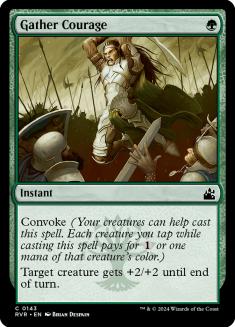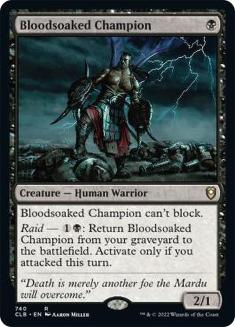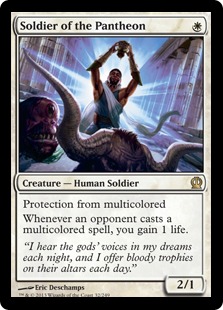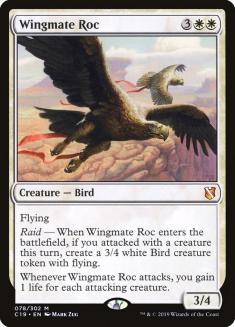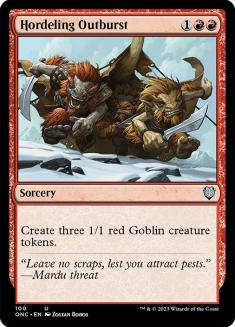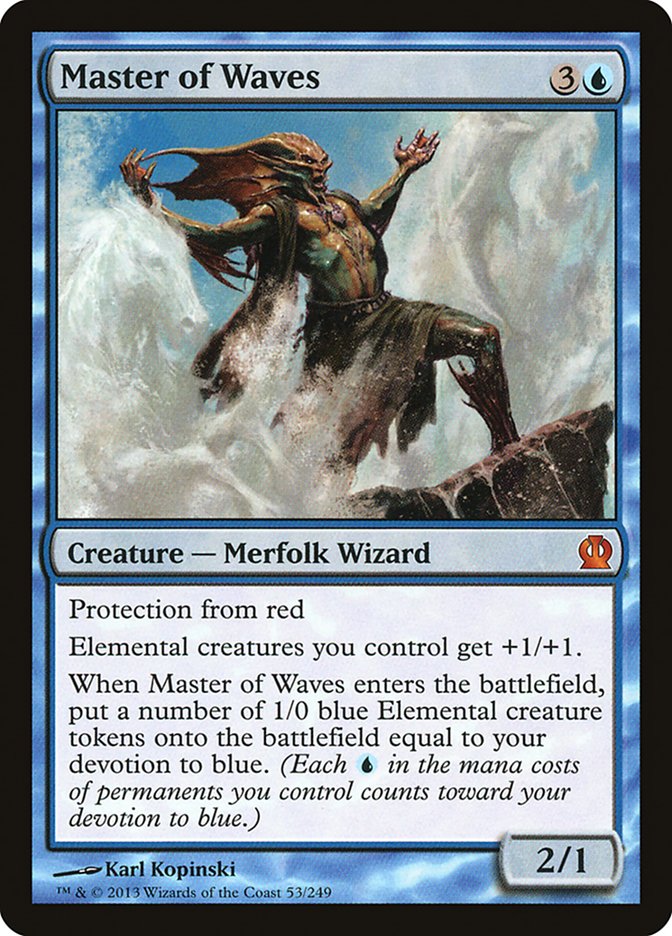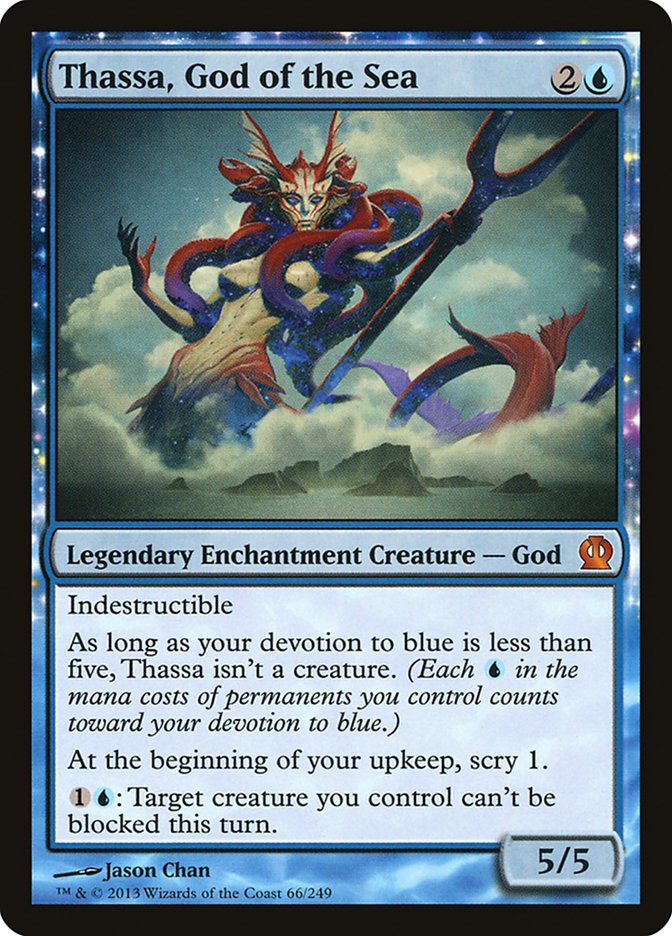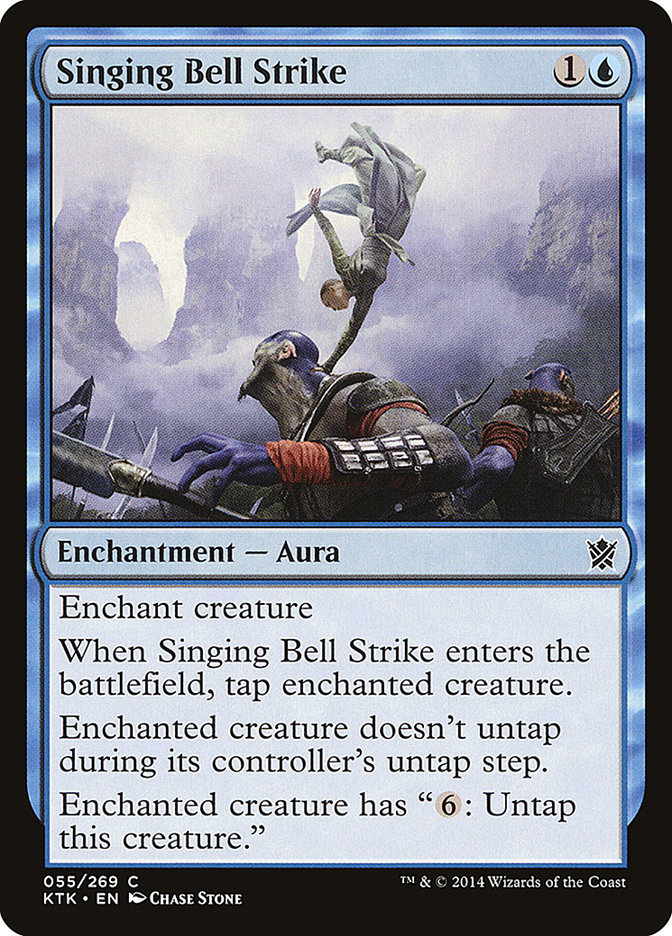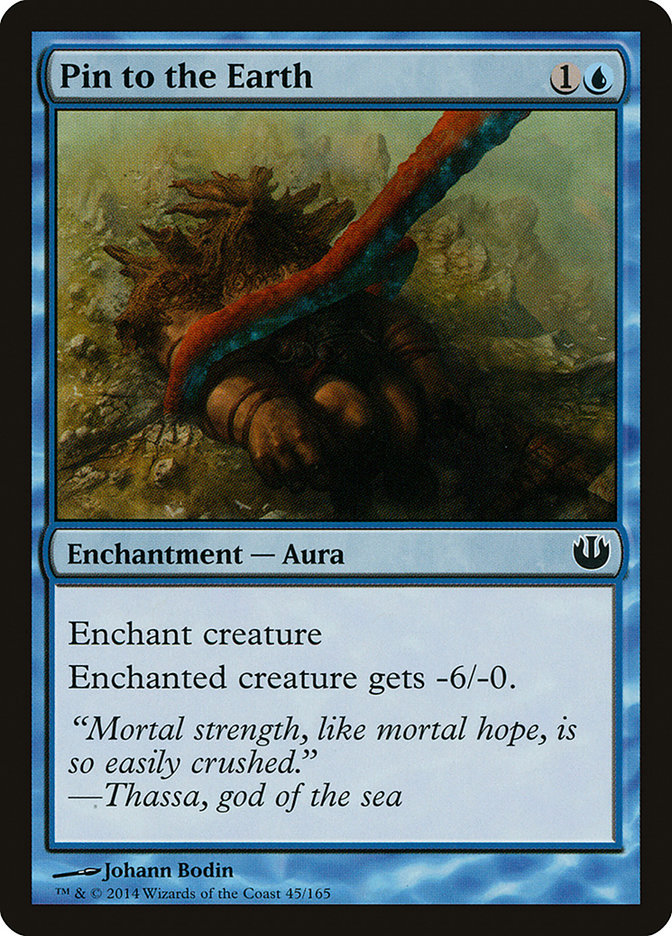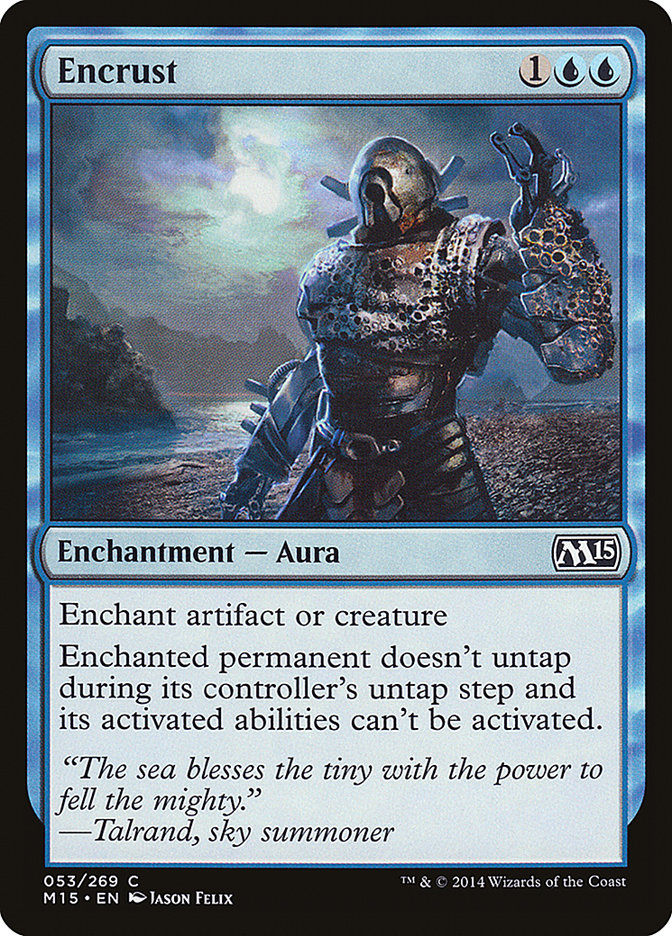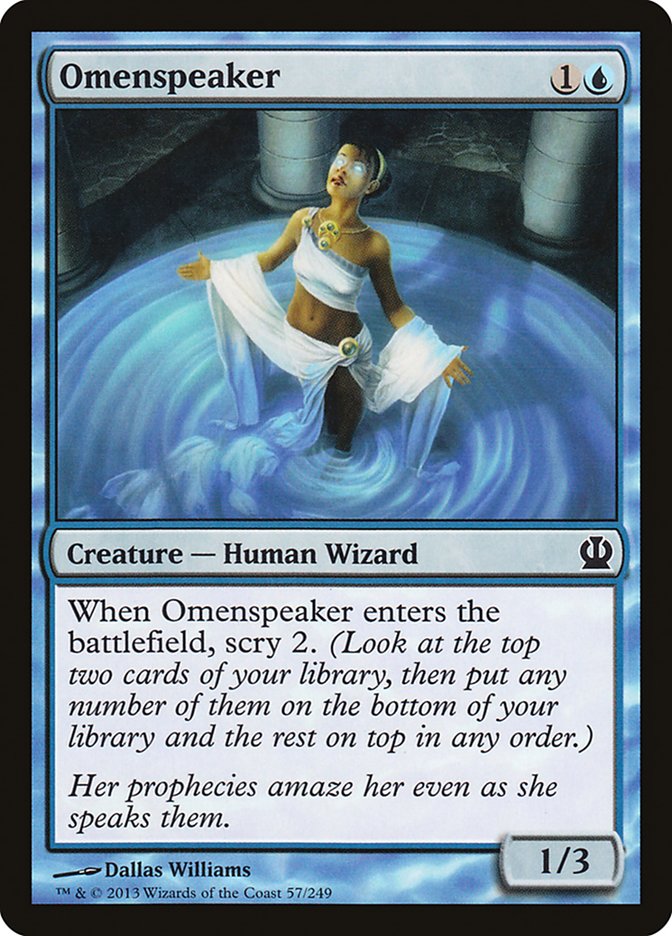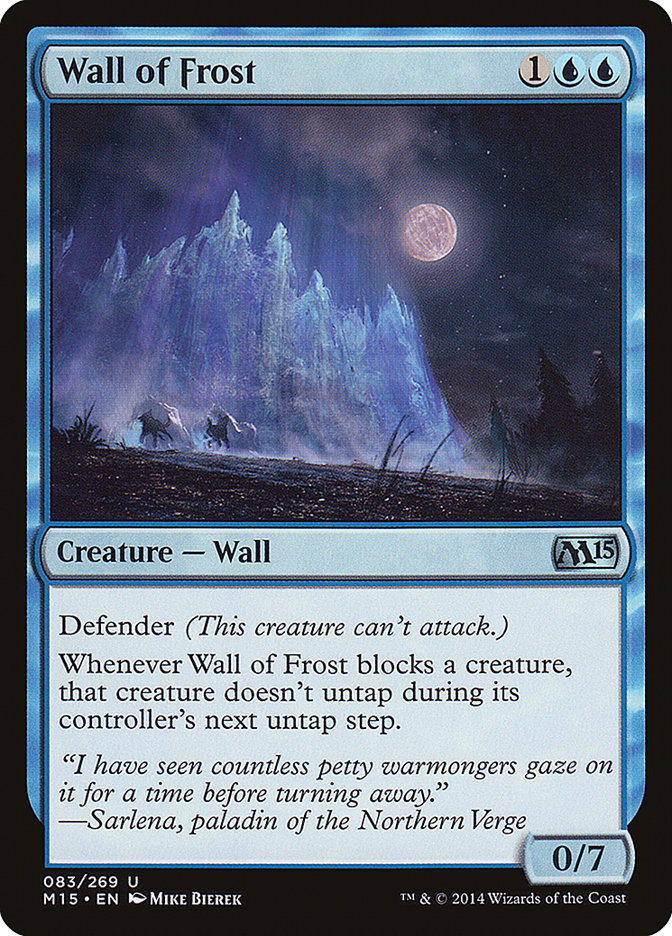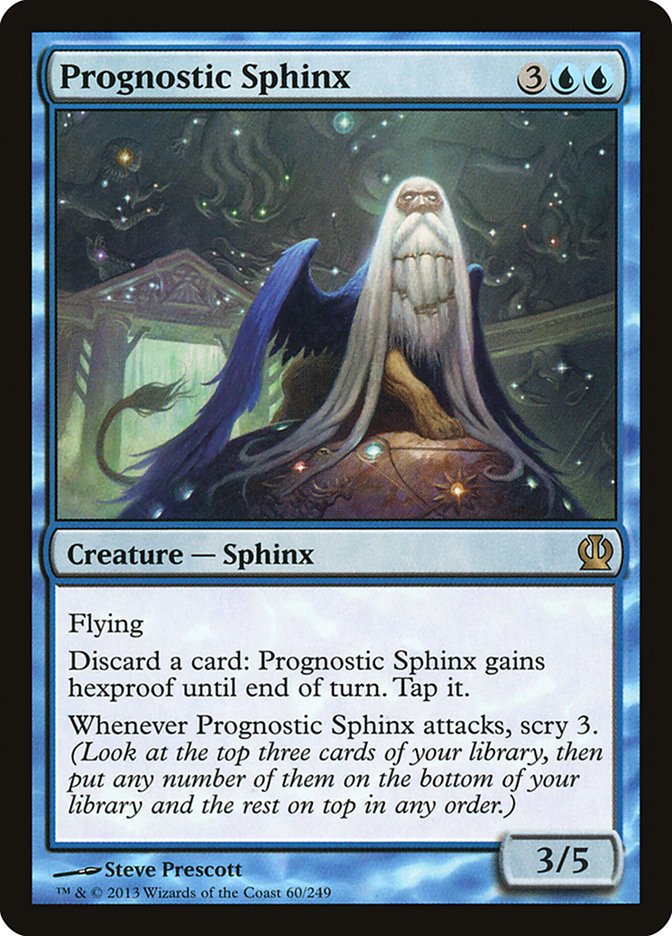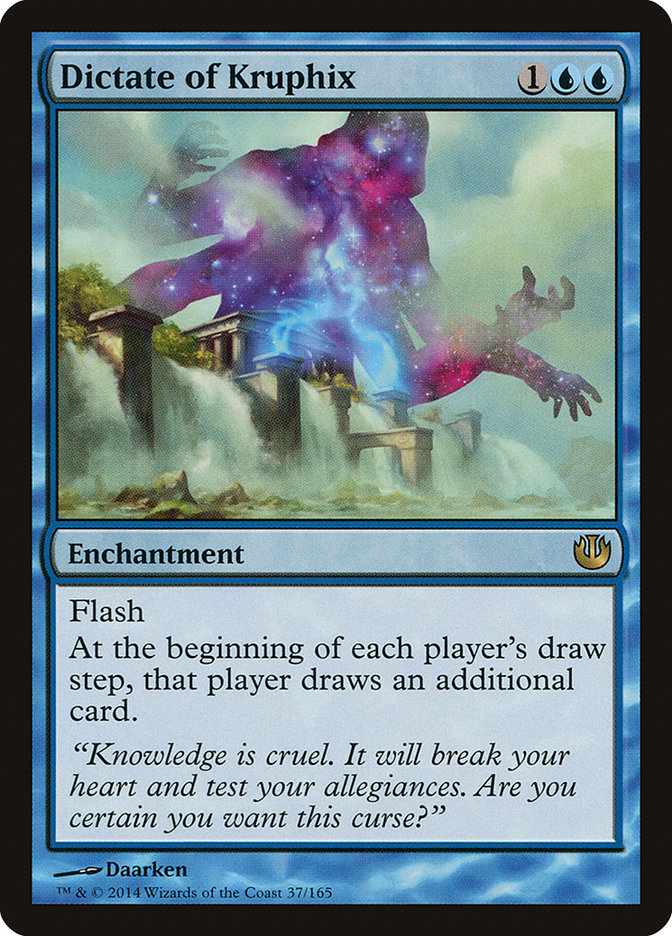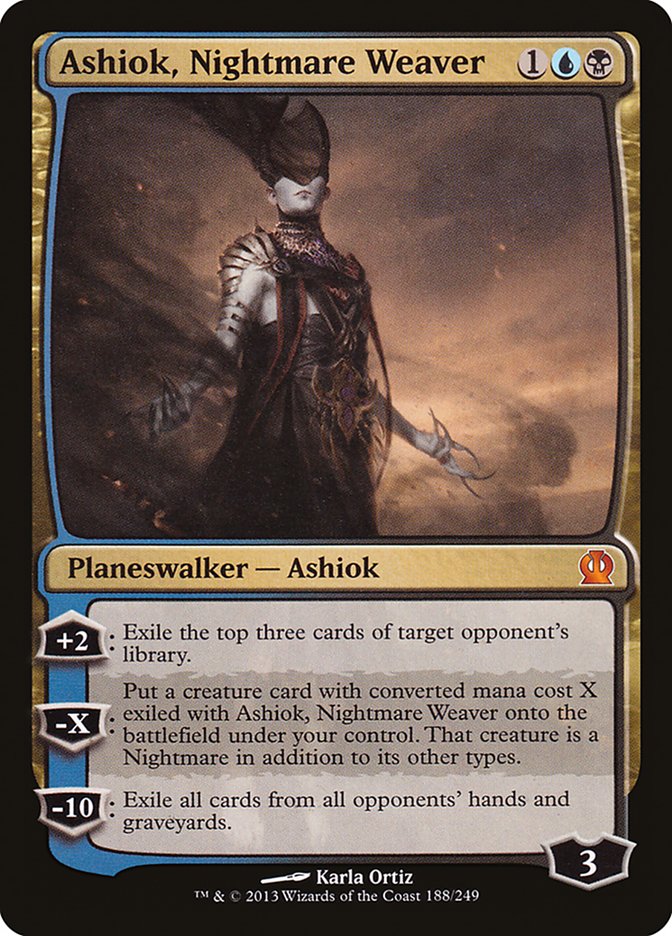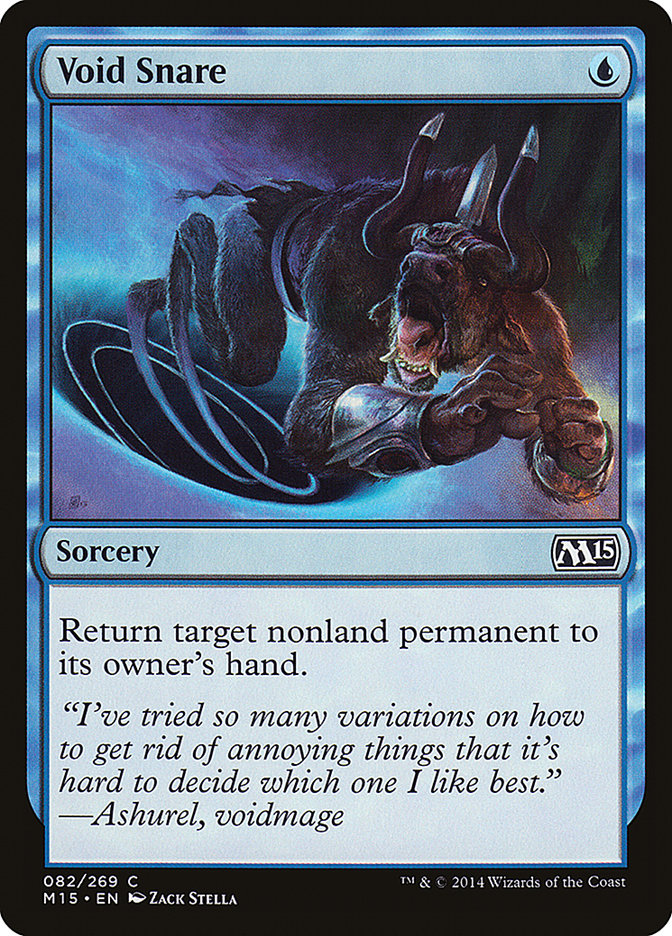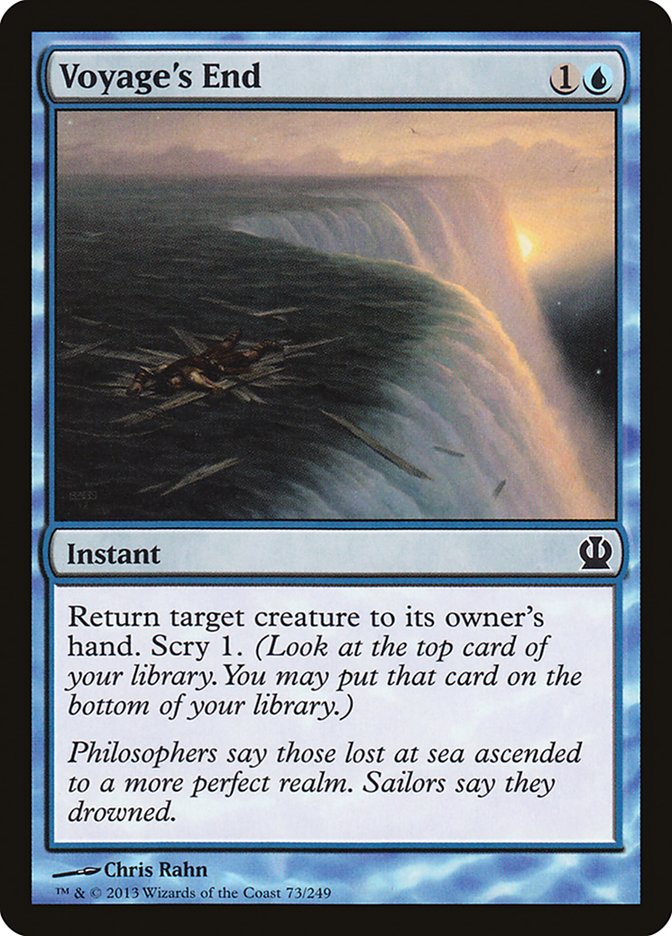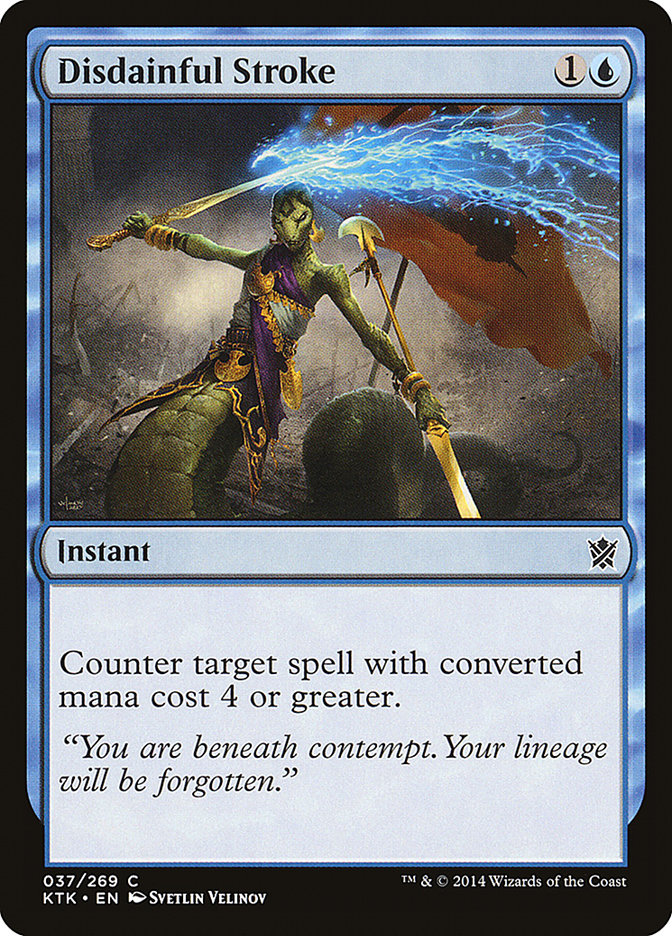Man this Standard format just keeps getting weirder and weirder.
Before the Pro Tour Mono-Green Devotion was considered one of the best decks in the format.
Then the Pro Tour ended up revolving around Jeskai Aggro and Abzan Midrange, to the point where people began to complain that the format was already
feeling stale and that the super-pushed tri-colored cards like Mantis Rider and Siege Rhino were just too powerful to allow anything else to happen.
Midrange was the order of the day and was blocking out any possible fun or innovation.
“Standard is so boring!”
“Oh wow, you drew more Siege Rhinos than me, nice job!”
“Hero’s Downfall and Thoughtseize are so dumb because they just answer everything, you can’t beat them!”
What a ride we have been on since.
Mardu began to rise as a third challenger on the goodstuff/midrange tier. Much like Azban and Jesaki leaned on Siege Rhino and Mantis Rider, Mardu leaned
on its pair of powerful tri-colored cards in Butcher of the Horde and Crackling Doom.
A little later U/W Control showed up and almost took down an Open, further expanding on the control tier inhabited by the underplayed and underpowered U/B
Control from the Pro Tour.
Mono-Red Aggro floats around, taking down an event here or there when sideboarded Drown in Sorrows and Anger of the Gods try to quietly exit.
Then we get thrown quite a curveball when an aggressive, pseudo-combo Jeskai Heroic Combo deck comes out of nowhere to destroy SCG Oakland, then
immediately fades into obscurity.
Tom Ross puts W/U Heroic on the map, giving the format another aggressive deck seeped in synergy, while Mardu decks spread wide to either be more
aggressive with cards like Bloodsoaked Champion or more controlling with a bunch of planeswalkers.
And then last weekend at SCG Richmond, the finals was a very different version of an aggressive Jeskai Ascendancy deck (that completely ignores the heroic
theme) taking down Esper Control in the finals.
What? Where did all this come from? How were all of the decks missed at the Pro Tour?
Luckily, we scroll down to 3rd and 4th place to see our old friends Abzan Aggro and Jeskai Aggro.
…
Wait… what the hell is going on here?
This isn’t the basic Abzan Aggro deck; that deck doesn’t play any one-drops. And since when is Gather Courage a legal Standard card? Well at least Kevin
Jones, one of the original innovators behind the Jeskai Aggro deck in week one of the format will have a nice solid list for us and…
Wait, what? Isn’t Hordeling Outburst a Mardu card? Isn’t WIngmate Roc an Abzan card? Where are the Brimazs and the Sarkhans?
And then we come to Brad Nelson, who clearly couldn’t decide if he wanted to play Abzan or Mardu so he literally just shuffled the two of them together. A
few Satyr Wayfinders must have gotten lost on their way to his Sultai Reanimator deck and gotten caught in the shuffle, but it seemed to work out okay for
them.
So I ask again, where were all of these decks at the Pro Tour?
How deep does this format actually go?
I guess there’s only one way to find out, and that’s to dive right in and start brewing up ideas.
Despite the influx of innovation in Standard over the last few months, one pair of previous-format-defining cards have been noticeably absent. While many
of their enablers like Frostburn Weird and Nightveil Specter have moved on to Modern, the power level of both Master of Waves and Thassa, God of the Sea is
very high. The problem, of course, is if we can actually use them effectively.
Let’s try!
Creatures (23)
- 3 Wall of Frost
- 4 Thassa, God of the Sea
- 4 Omenspeaker
- 4 Master of Waves
- 3 Prognostic Sphinx
- 3 Dakra Mystic
- 2 Keranos, God of Storms
Lands (24)
Spells (13)

While early in the format, people proposed blue devotion decks that tried to mimic the old blue devotion deck with cheap, aggressive creatures, many of
those creatures are just awful. Welkin Tern and Vaporkin are Limited cards, not Constructed ones, and the 1/1 evasive creatures like Hypnotic Siren simply
don’t have the backup to actually get the job done. The power level of permanents in this format is also sky high, and trying to beat a Mantis Rider with
Vaporkin does not sound like my idea of a good time.
So if we aren’t going to play a bunch of crappy blue creatures, how are we going to power up our devotion?
With Doom Blades, of course! One thing that the format is lacking is a very good two-mana removal spell, and while none of these are extremely good, they
do serve our purpose well. Now every creature we “kill” will give us one devotion, and we can help build our devotion while we also deal with our opponents
threats. Because we intend to win with a huge amount of elemental tokens or with Thassa’s unblockability, giving our opponent a few walls with Pin to the
Earth isn’t that big of a deal. We also plan to present a fast enough clock that paying six mana to untap a singing creature shouldn’t be a viable option.
Our creatures are also interested in playing defense and sticking around, another good omen for devotion. Omenspeaker can help set us up while also
providing some scry to help us find our best cards. Make no mistake, much like the old Mono-Blue Devotion deck, this deck is 100% about Thassa and Master
of Waves, so Omenspeaker helps to make sure we can find them quickly. Wall of Frost is pretty difficult to kill, as it is immune to Abzan Charm and most
damage or toughness-based removal, and is very hard for any deck with ground creatures to attack into. Any removal pointed at the wall, which will likely
be necessary if they can’t get through it, is one less removal spell for your Master of Waves.
Prognostic Sphinx is in a class of its own in this format, as it is a very good card that just can’t find a home. Control decks don’t really want it as it
gets swept up in its sweepers, and most other decks that actually contain blue either want something that finishes faster (Heroic or Jeskai), or something
that interacts with the graveyard (Sultai). While it has no home in any current decks, this deck uses it perfectly. The Sphinx can play excellent defense
if need be, provides two very difficult to remove devotion, searches for your best cards, and also can just be a solid evasive attacker to help close out
games. This is not a control deck, and once we hit the midgame and our powerful cards turn on, we want to turn the corner quickly and put our opponents
away.
We come to the big payoff. Master of Waves is an absurd Magic card. Four mana can get you between eight and sixteen power, and end the game extremely
quickly. It is immune to most of the non-black removal in the format, which will hopefully already be taxed, and is extremely good against any deck relying
on red removal.
Thassa, God of the Sea is no slouch either, and while Thassa has a few more predators than she did in the previous format, she is still an indestructible
5/5 that fixes your draw every turn and breaks through any ground stall.
Thassa is joined by the criminally underplayed Keranos, God of Storms. Keranos is a very powerful enchantment and usually sees play in decks that have no
way to realistically bring him alive into his creature form. If he is that good in decks that can’t even use him as a creature, imagine how good he will be
when he is often also a 6/5 indestructible creature! Keranos hits hard and also ensures you card advantage in the midgame.
While this is probably a more reasonable way to try Mono-Blue Devotion, we could get a bit crazy too…
Creatures (4)
Planeswalkers (4)
Lands (24)
Spells (28)

Master of Waves serves a very different function in this deck, and Thassa is nowhere to be seen. What kind of devotion deck is this anyway?
Dictate of Kruphix is one of the most powerful and underused card in Standard at the moment, mostly because it is a card that is very hard to use. While
most people think of Howling Mine as a casual or multiplayer only card, Howling Mine actually has a very solid pedigree of Pro Tour success. Like the
Owling Mine Deck from Pro Tour Honolulu 2006 or many Turbofog decks after it, most Howling Mine decks seek to give you a bunch of cards you can’t use
effectively and then limit your resources with bounce spells while they find some other backwards way to win the game. They don’t care that you have so
many cards because they make it very difficult for you to deploy them effectively.
Dictate of Kruphix is one of the best Howling Mine effects ever printed, because you can end of turn it and get the first card off it, but it hasn’t really
found a home.
So what’s our backwards way to win the game?
We are gonna mill em out, fair and square. Altar of the Brood is card disadvantage, but we don’t really care, as we are going to be drawing so many cards
anyway. Every permanent we play is a card, every fetchland two, and every Master of Waves will be a whole chunk of cards along with an army. Because Altar
is so cheap and we are drawing so many cards, it’s not hard to get a few of these bad boys online and turbo mill them out in the midgame.
Ashiok, Nightmare Weaver is a card I am back and forth on, but is also just perfect for this deck and worth the splash. If Ashiok is doing what Ashiok
intends, Ashiok will be casting our opponents’ creatures and creating all sorts of general havoc. Worst case scenario, Ashiok will simply mill our opponent
for three cards a turn while also being a blue permanent and working towards an ultimate. This is definitely an Ashiok deck.
While Master of Waves does a fantastic job of playing defense while milling a ton of cards off of Altar of the Brood, it’s also not unreasonable to just
put 12 power in play and kill them while you bounce their creatures, and that is part of what gives this deck it’s multifaceted appeal.
While we have the same ‘Doom Blade’ package as the last deck, we also are incorporating a bunch of spell-based bounce to keep our opponent choked on cards.
Void Snare and Voyage’s End are amazing tempo plays when everyone is playing four and five mana spells, and the card advantage is made up for it in the
fistfuls of cards we are drawing every turn. Disdainful Stroke can keep any cards that are ineffective to bounce like Elspeth, Sun’s Champion and Sarkhan
the Dragonspeaker at bay.
Lastly, Dig Through Time can make good use of our cheap spells and fetchlands to provide us with some gas in the midgame, or it can just find us a few
Master of Waves or Alter of the Broods to finish our opponent off more quickly.
This deck is a bit off the wall, but it should just brutalize any of the format’s slower midrange decks who will not be able to present threats quickly
enough while also dealing with Ashiok.
The big weakness of the deck is decks like Mono-Red Aggro, which have a fast clock and spells so cheap that Dictate of Kruphix is just going to gas them
up. Howling Mine-style decks always suffer against fast aggro, and one of my most amusing tournament memories was playing Zoo at my first Pro Tour against
Owling Mine; the matchup was almost so laughable it didn’t even matter what I did. Every turn I would draw a land and three one mana spells, and play them
all while he tried to defend himself with Eye of Nowhere.
This deck’s sideboard would likely need to include a solid plan against aggressive decks, but it is otherwise a very different way to attack the format.
We are just starting to ride the wave of this format, and it seems like almost no idea should be taken off the table given how open things have been. What
do you think could be the next big deck?

